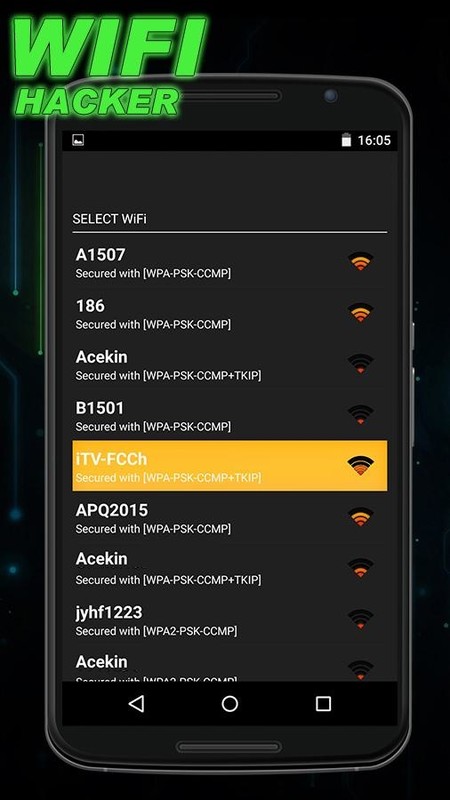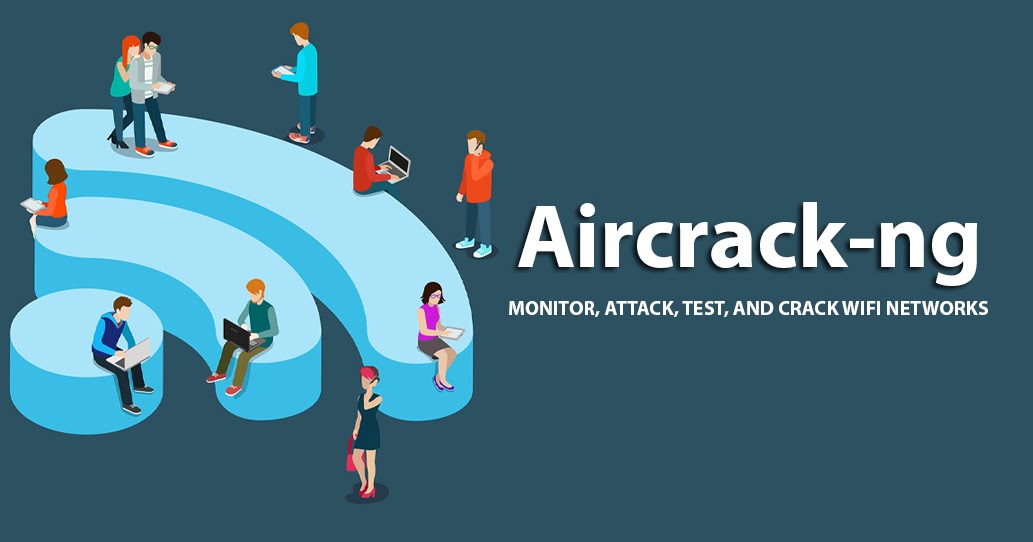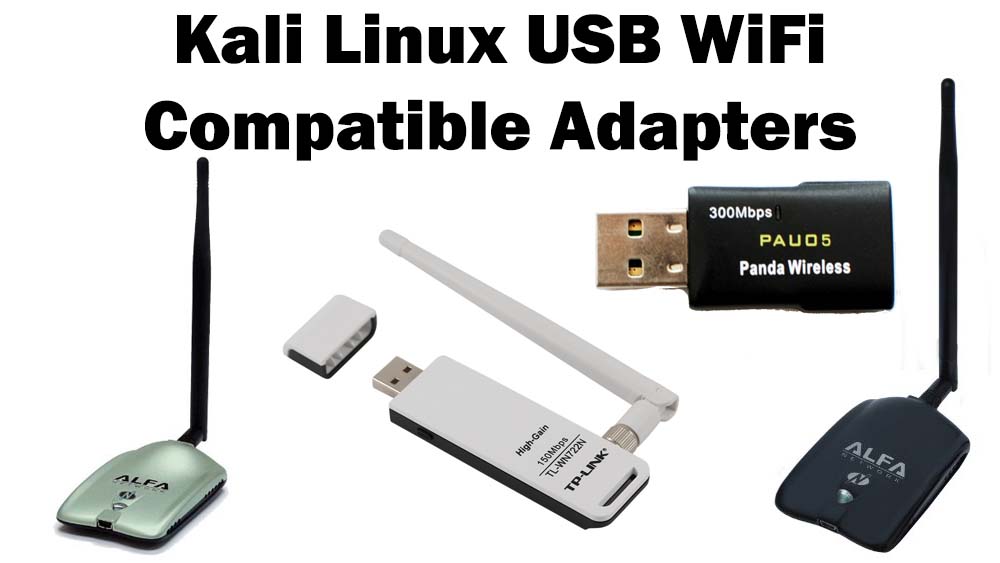
The attacker can potentially induce a 4-way handshake by forcing the device to deauthenticate from the AP. Option 1: Passive sniffing + Decryption: For this attack to be successful, the hacker must around to sniff the 4-way handshake when the target device joins the network, which is used to generate WPA2 pairwise transient key (PTK), which in turn is used to encrypt/authenticate all traffic between a host and the access point.


In a wireless (WiFi) setting frame contents are encrypted/authenticated with wireless protected access (WPA) or related security protocols.Ĭonsider a scenario in which someone in a car outside your house or business is trying to eavesdrop on your wireless network traffic. Unencrypted over HTTP.įrame header including MAC address, frame contents including higher layer data.įrame contents exposed in a wired LAN but physically isolated across network segments by switches/routers.

Packet contents encrypted/authenticated with transport layer security (TLS) if communicating over HTTPS. IP header including IP address, IP packet contents including higher layer data HTTP request methods (e.g., GET/POST) including the URL of sites visited. For the sake of our discussion on security, however, the 4-layer Internet Protocol suite model is a good starting point: LayerĪpplication data including session cookies, document content (HTML, images, etc) Open Systems Interconnection (OSI) model of network communication. Hacking Wifi and Man-in-the-Middle attacks OSI Model Review


 0 kommentar(er)
0 kommentar(er)
